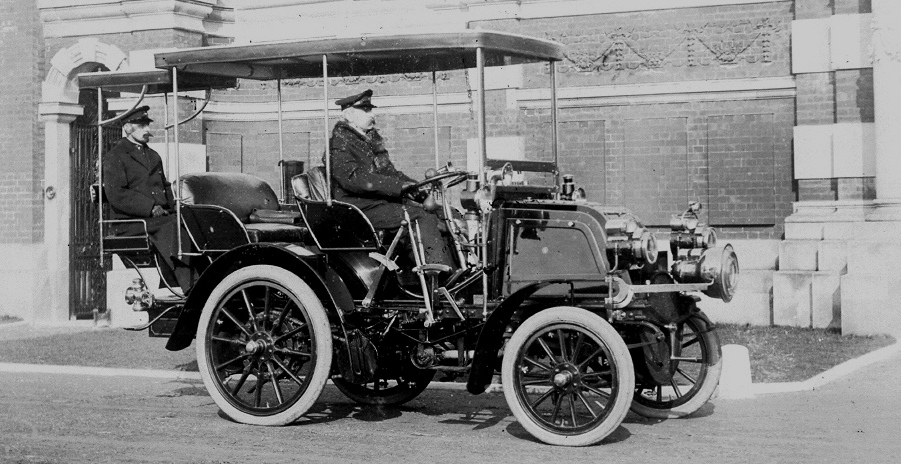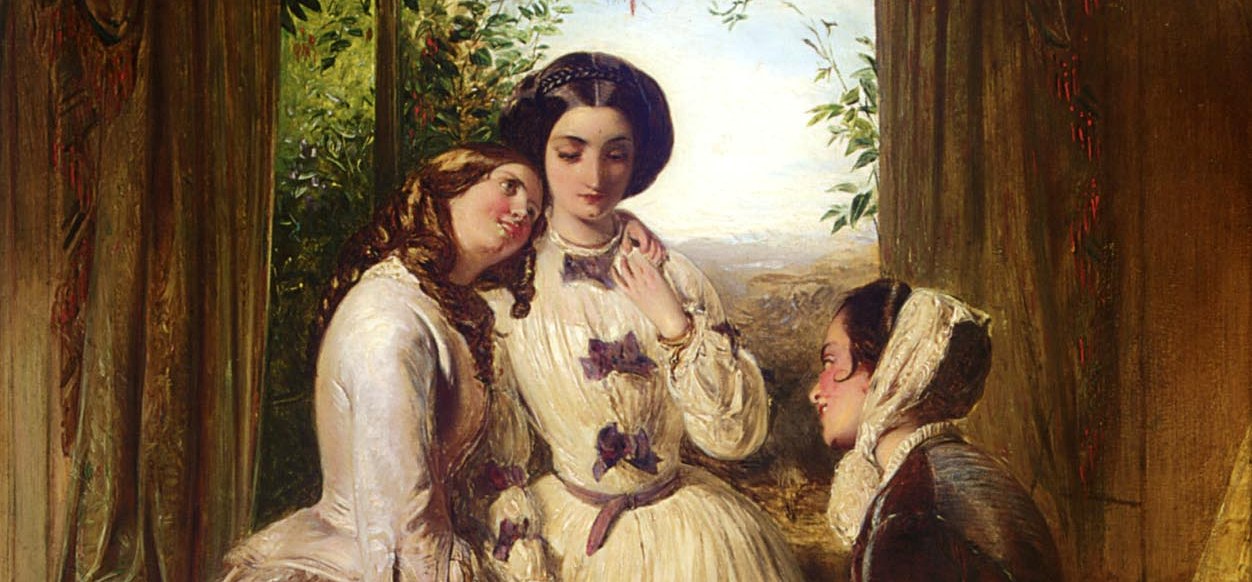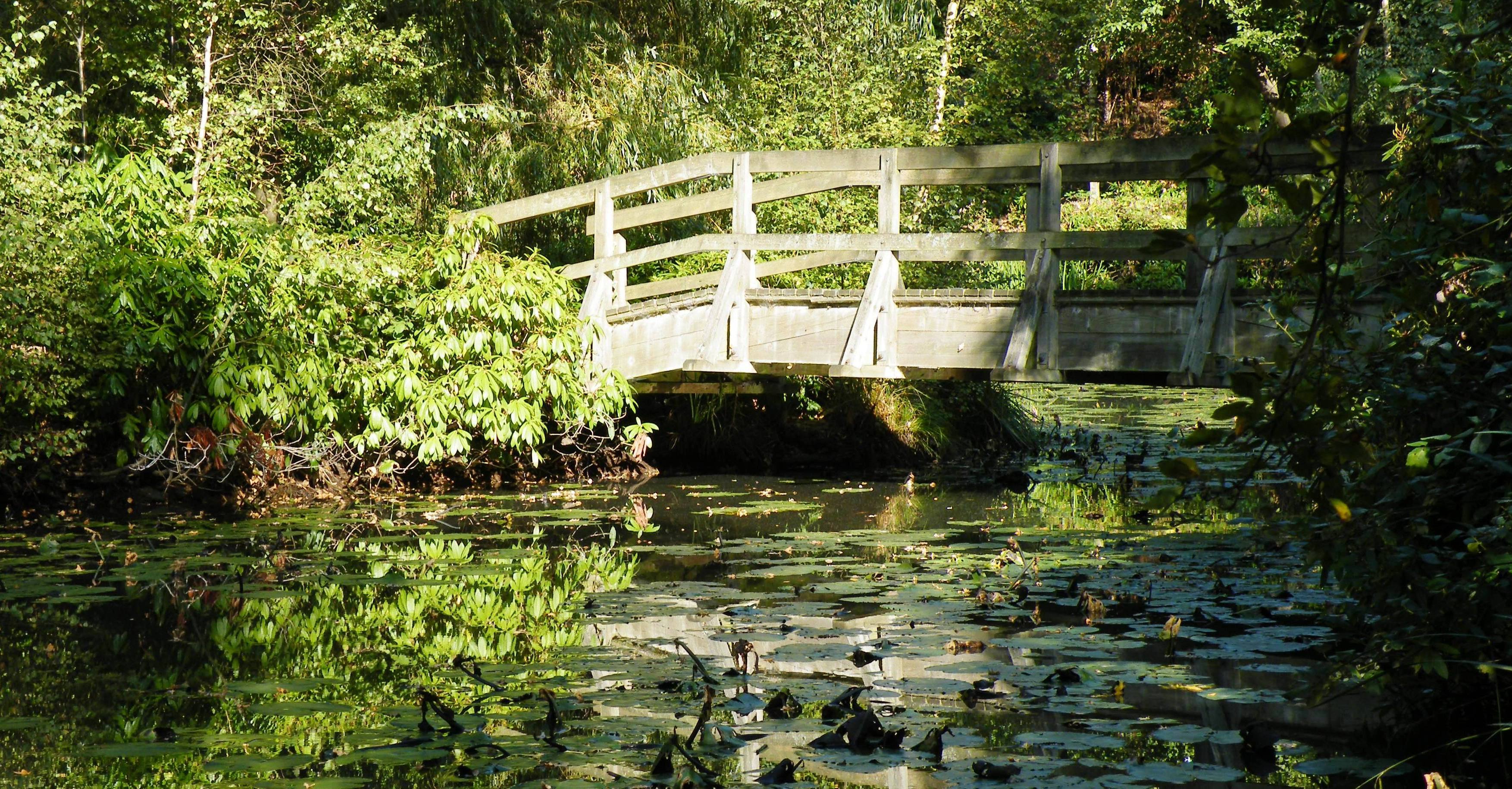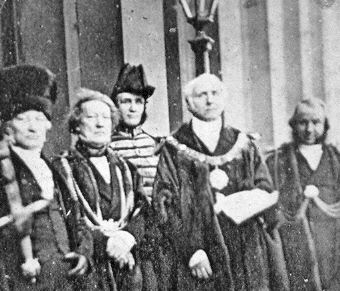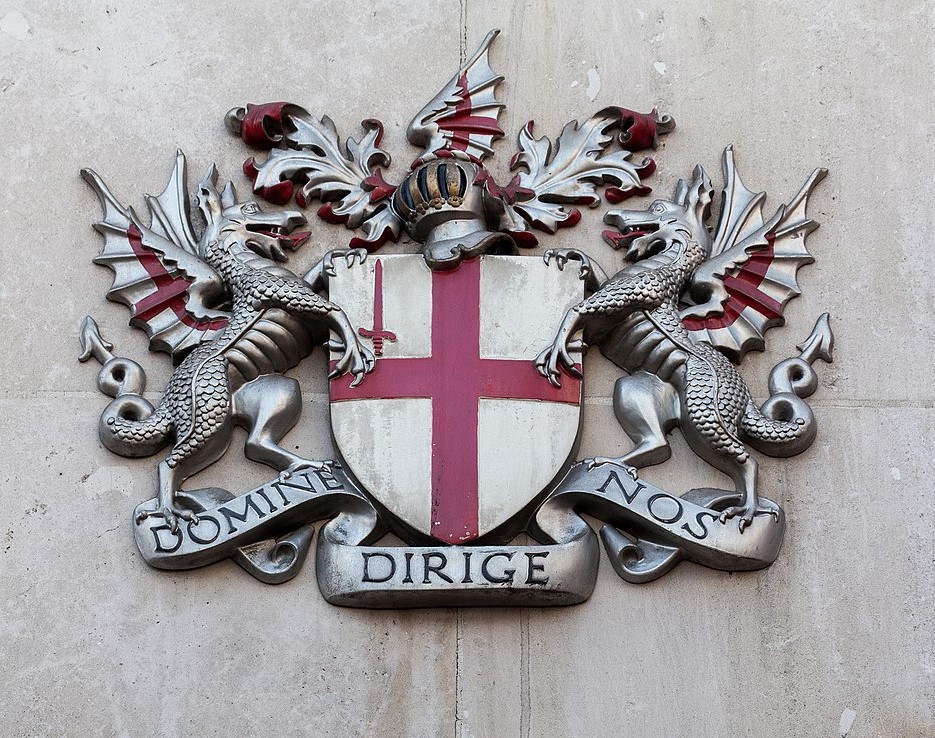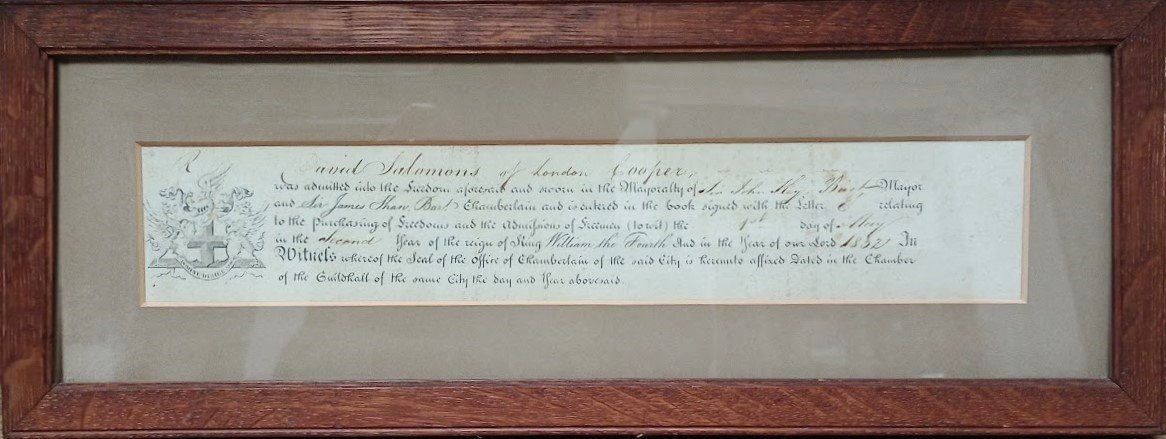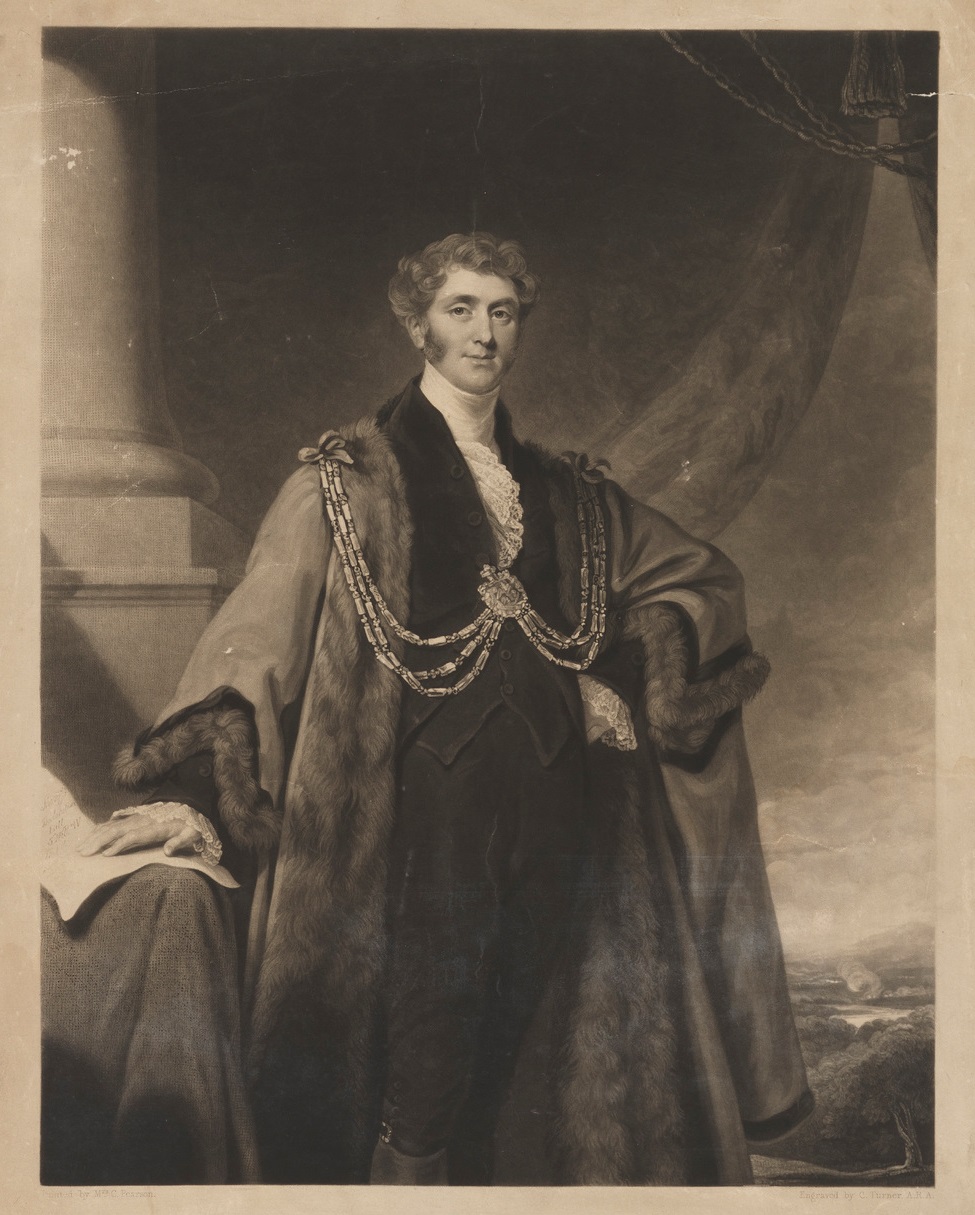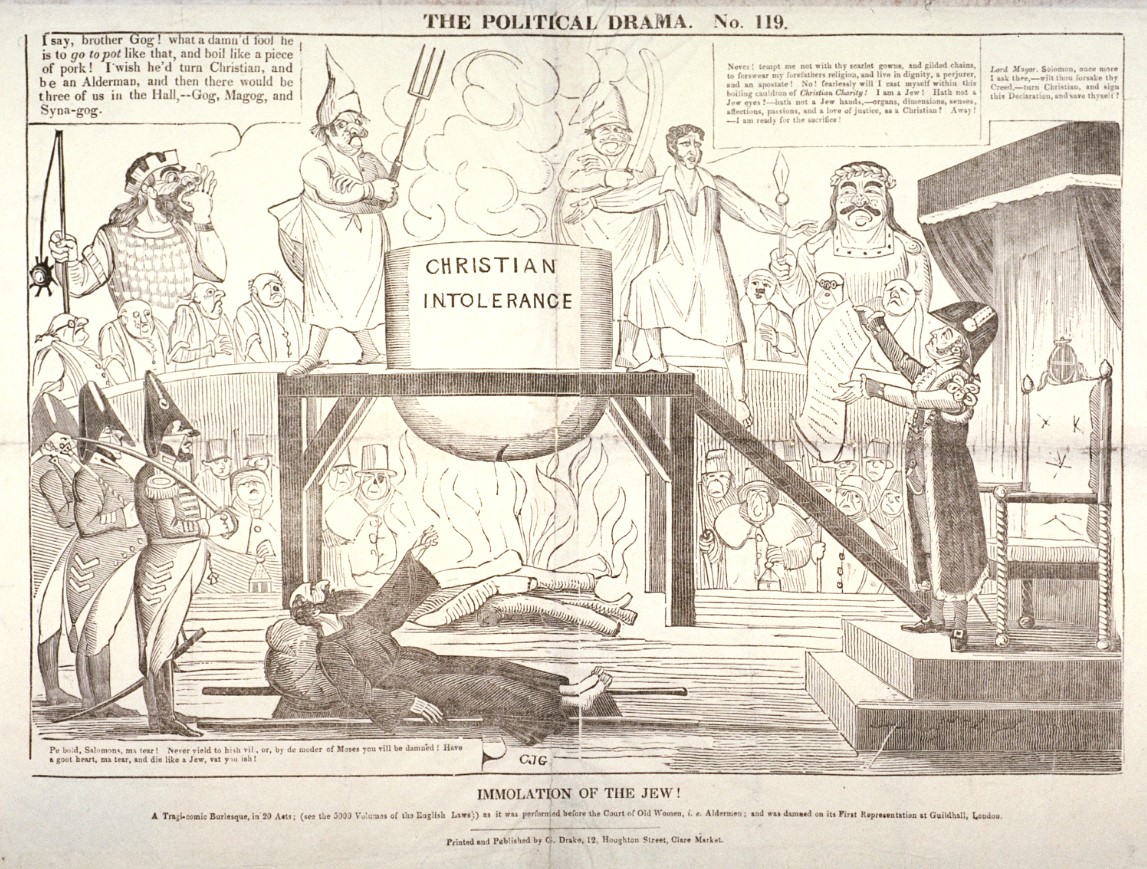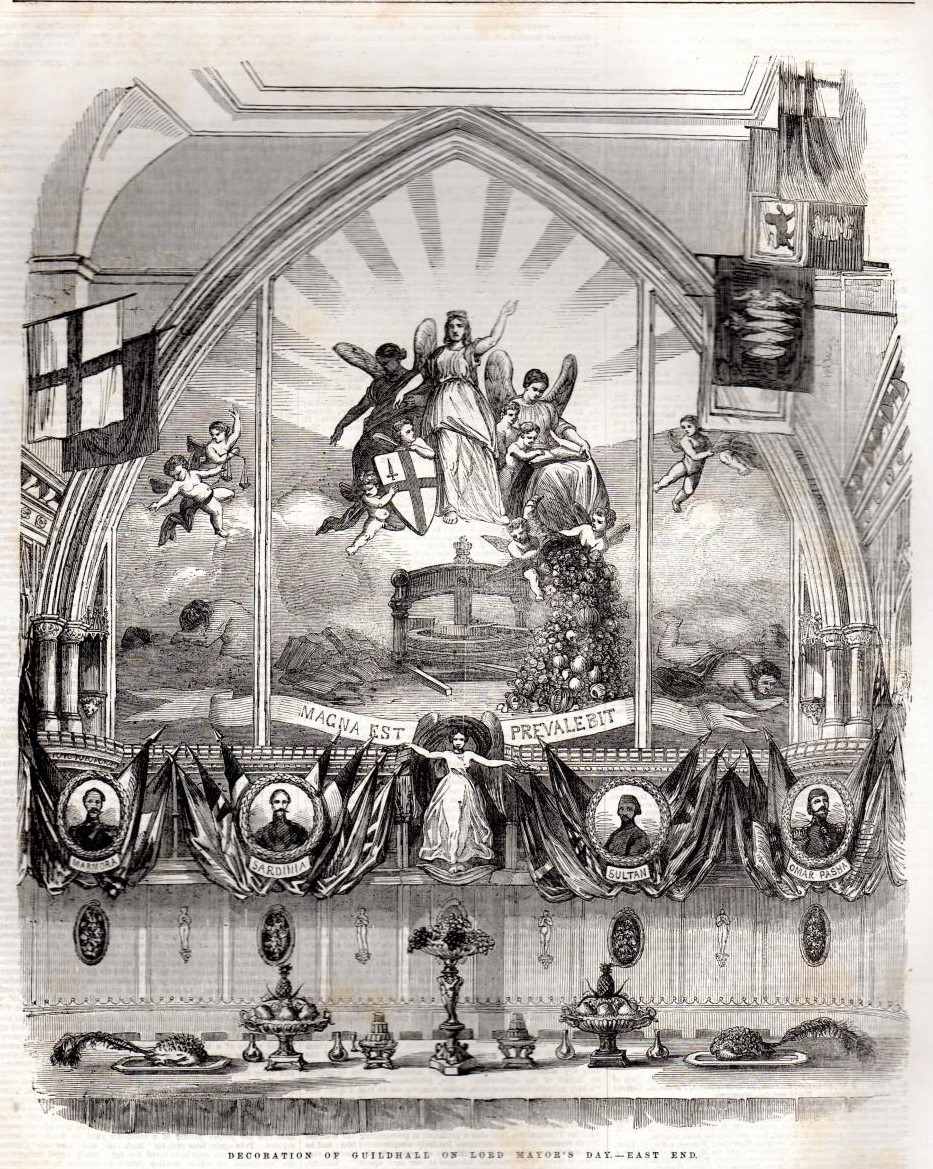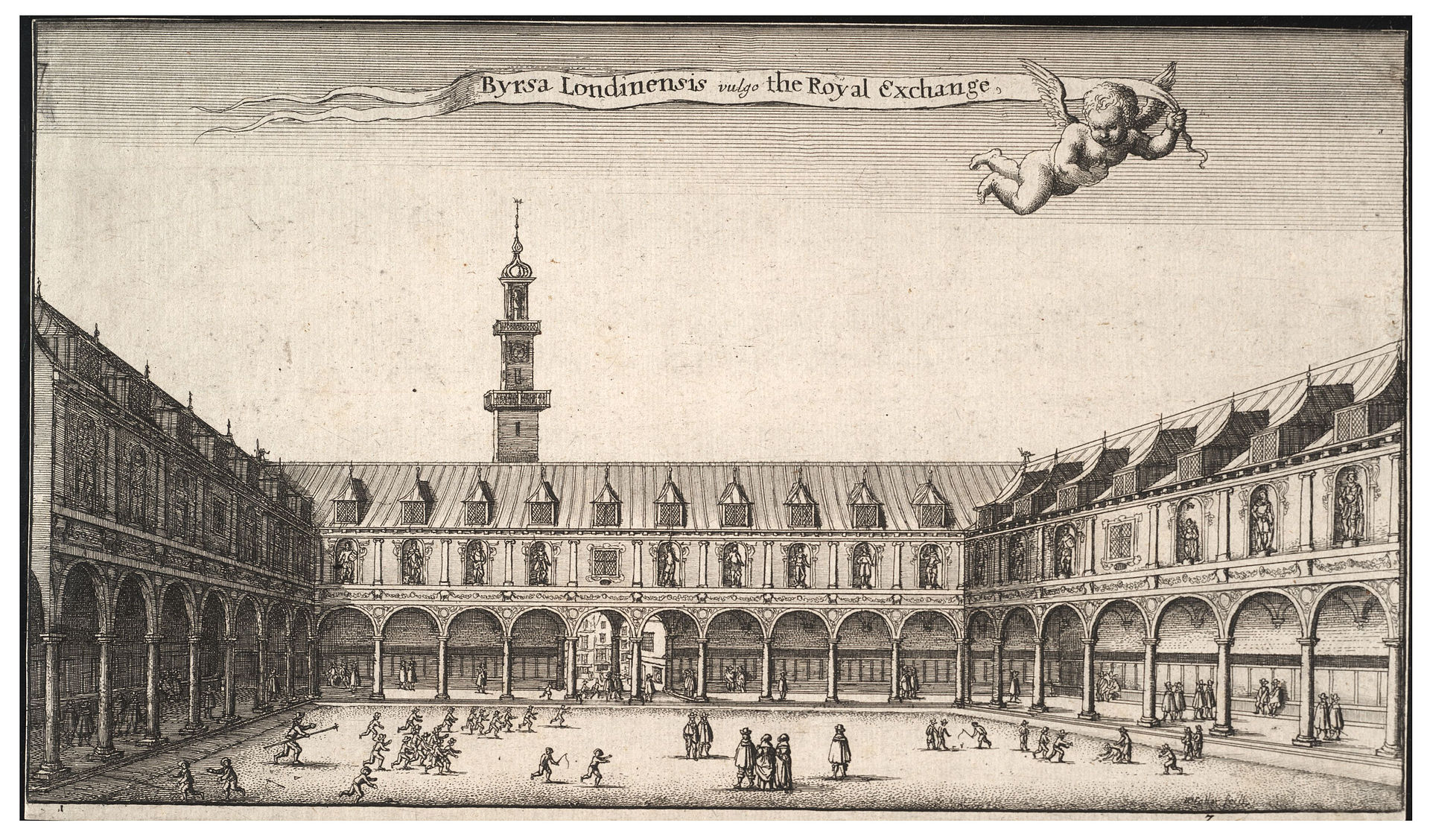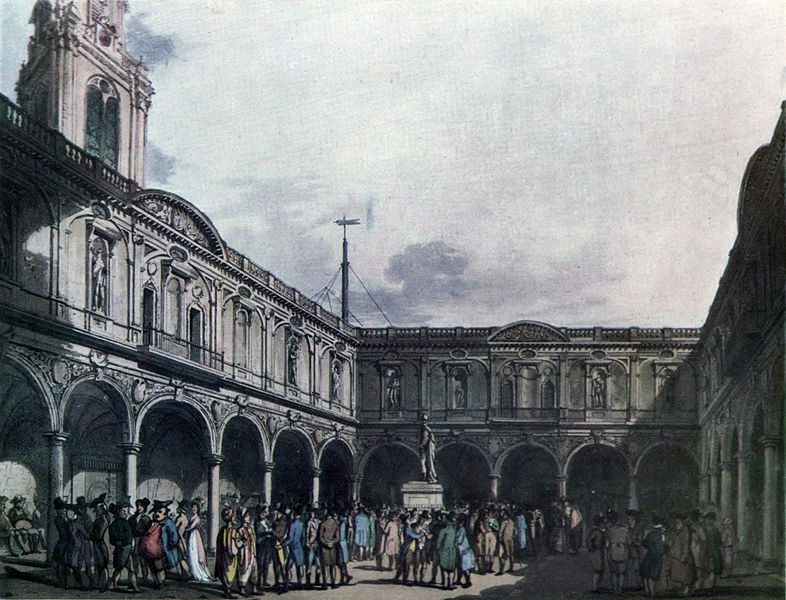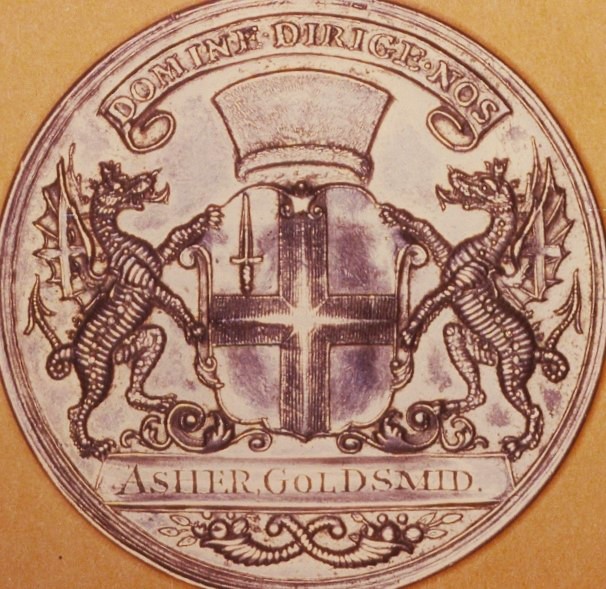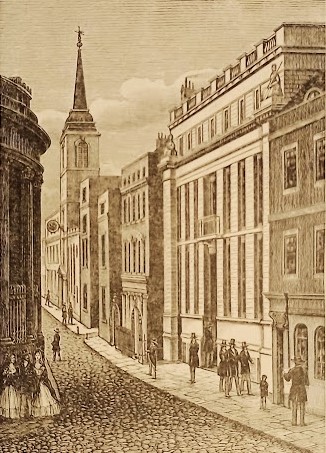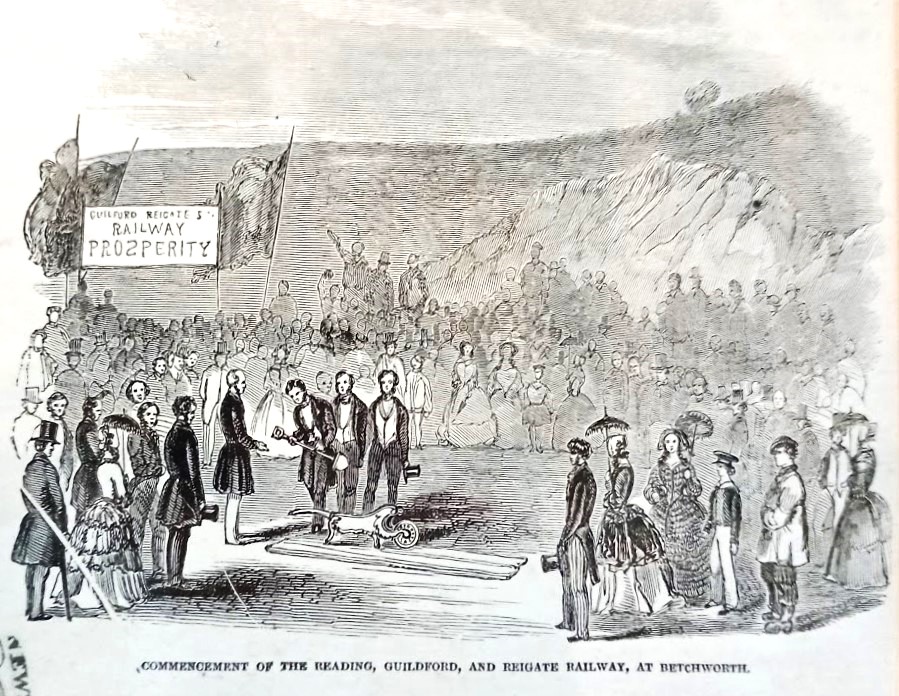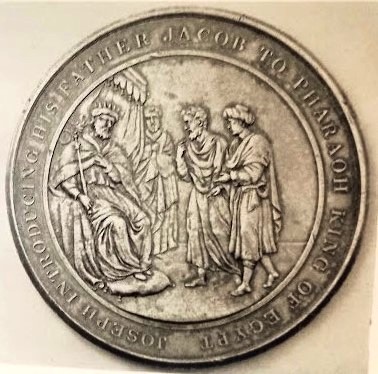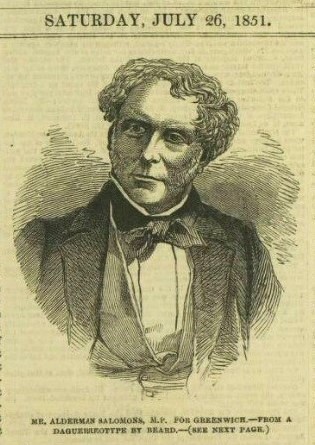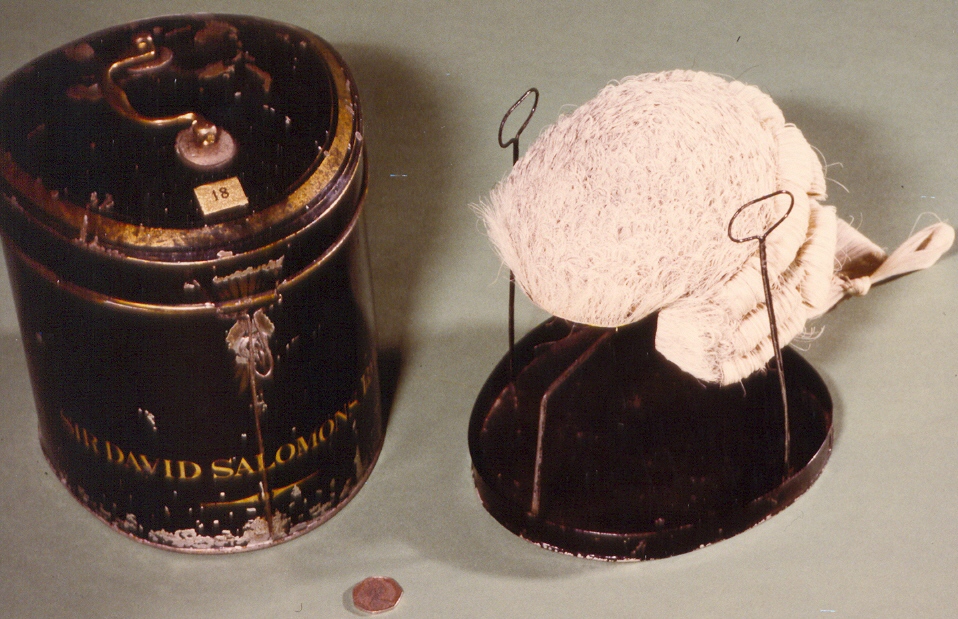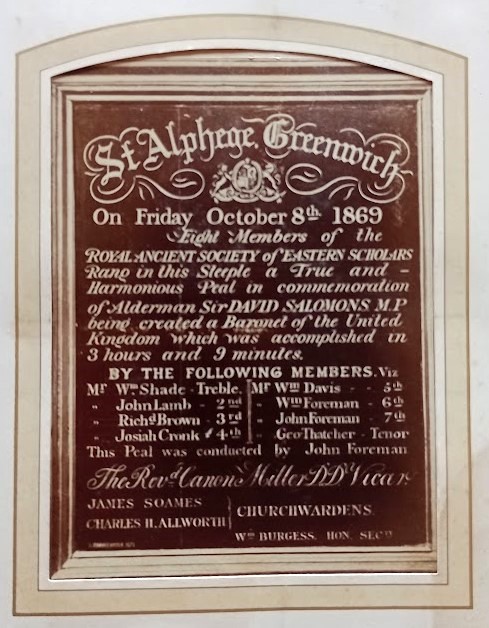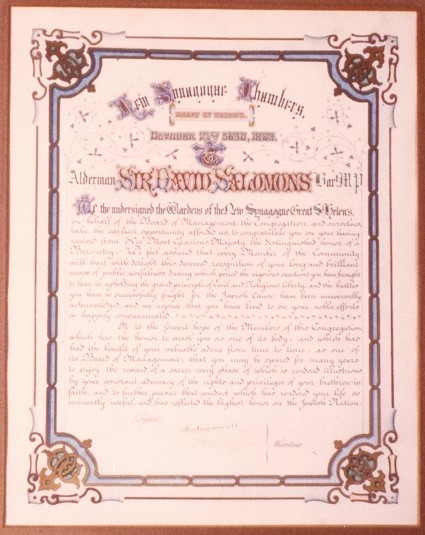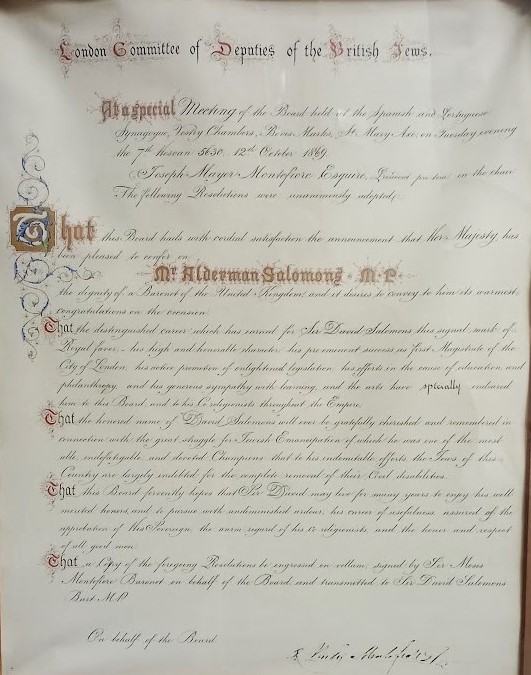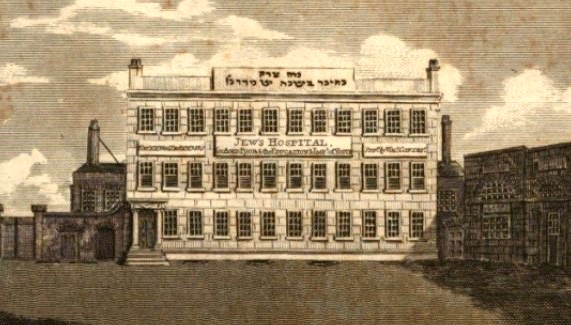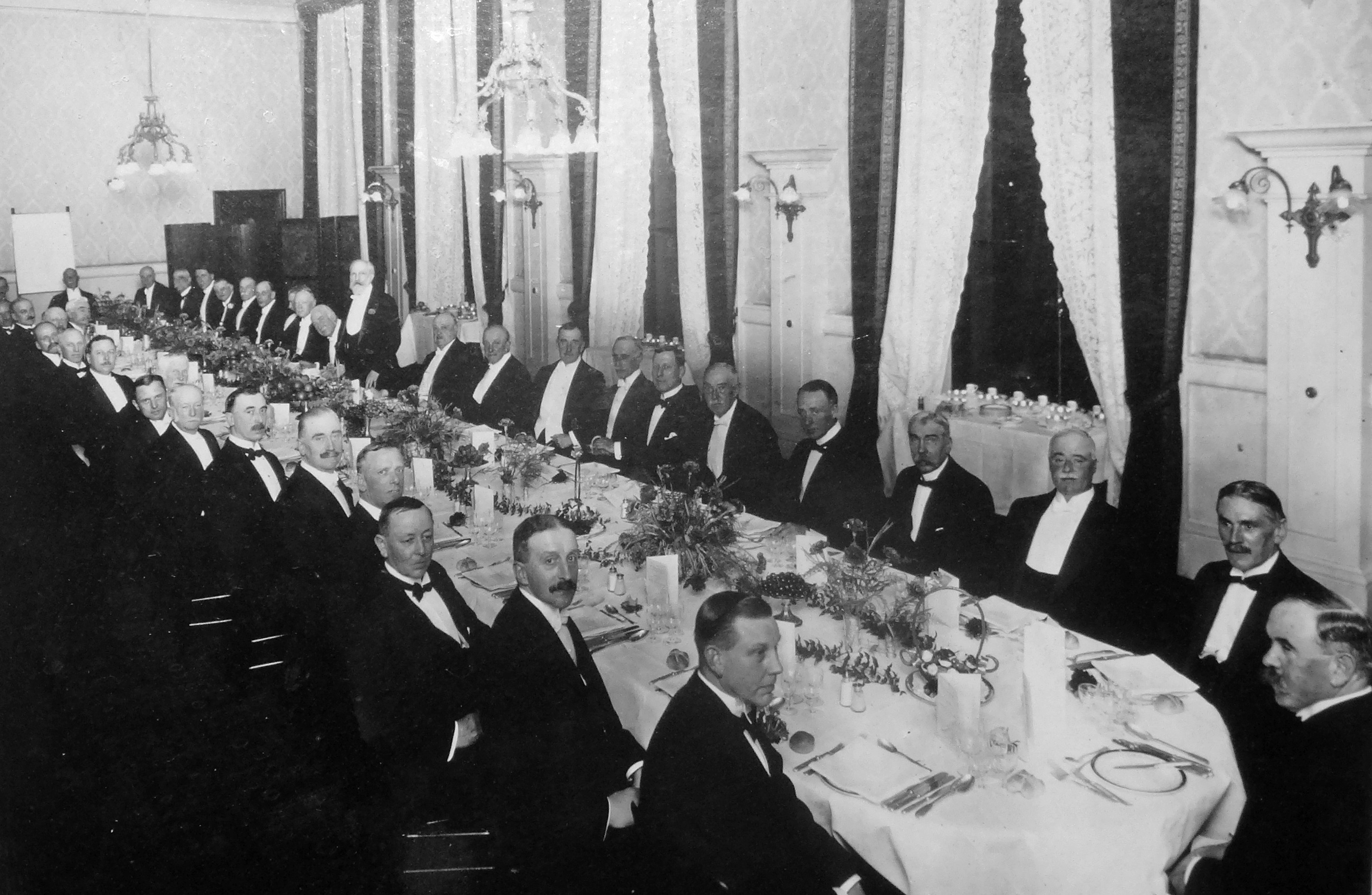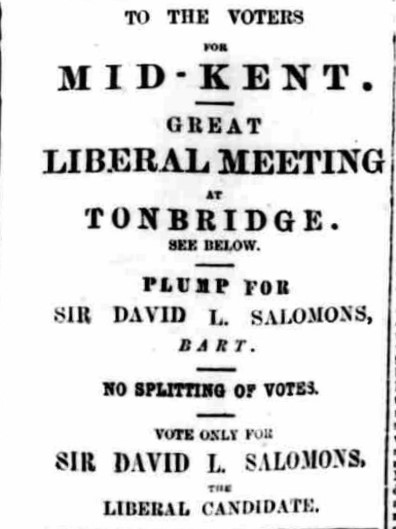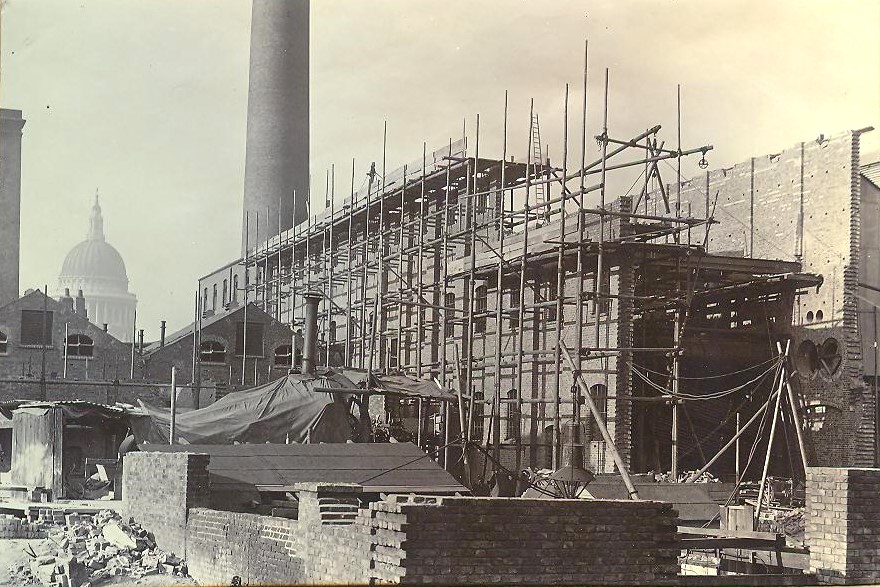David Salomons is known primarily for being the first Jewish Lord Mayor of London, and for fighting the Jewish cause in Parliament, but he was also a pioneer of joint-stock banking, and held prominent positions in other fields. These various activities were connected in many ways, but this section addresses them separately, to better demonstrate the breadth of his interests. His religious/communal background was important too - so that is also covered.
His nephew, David Lionel Salomons, did not play quite such a prominent part in public life (and he tended to avoid religion) but his contributions, too, are worth recording.
Note: much of this story comes from A.M. Hyamson's 1939 biography 'David Salomons'; with details, too, from M.D. Brown's 1968 catalogue of the collection. These have been supplemented with material from other sources such as contemporary newspapers.
